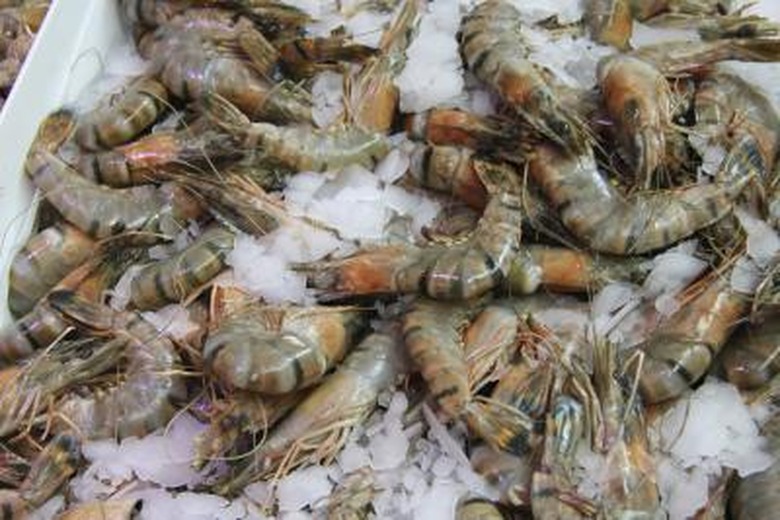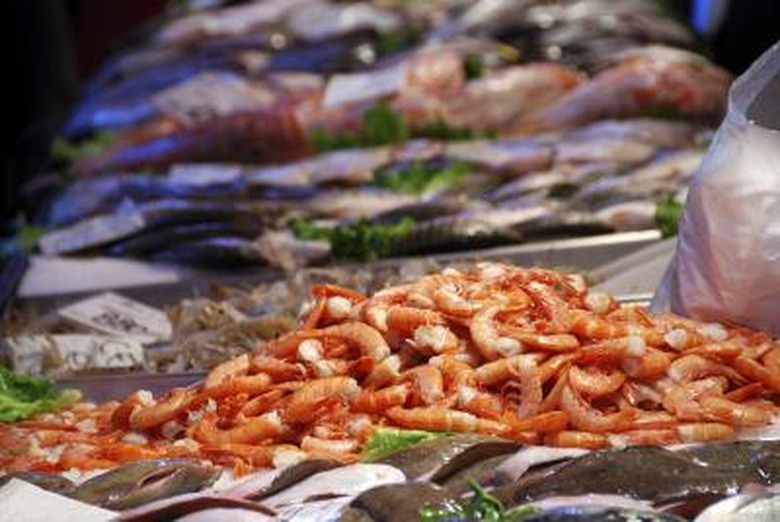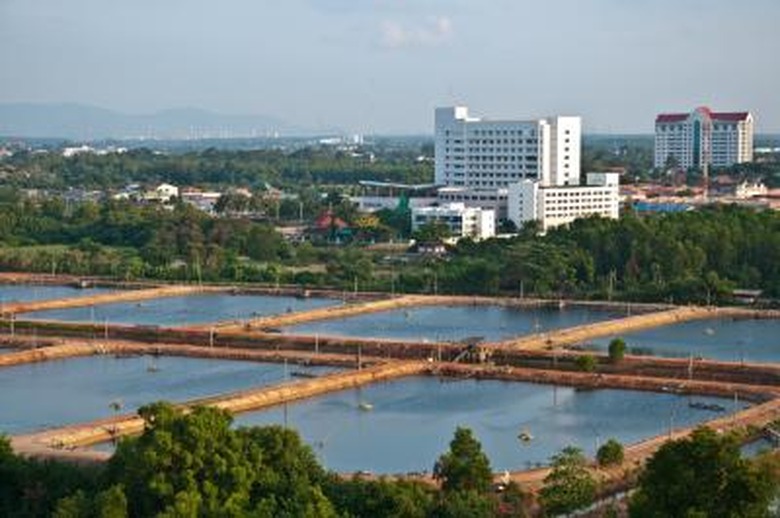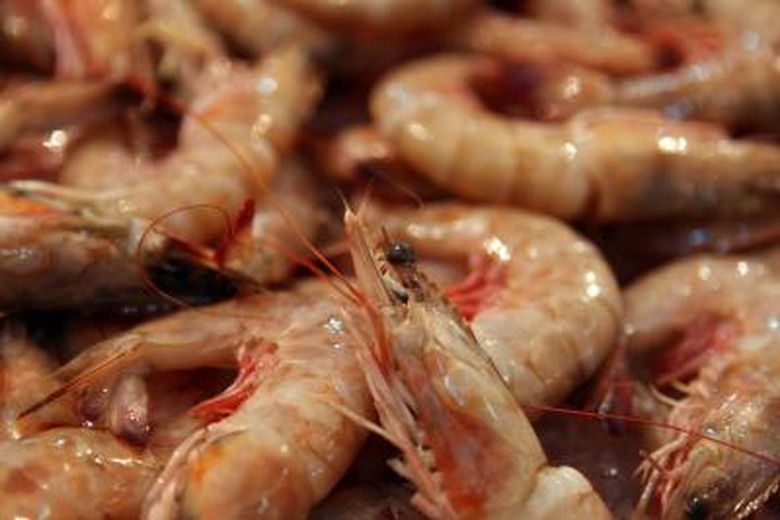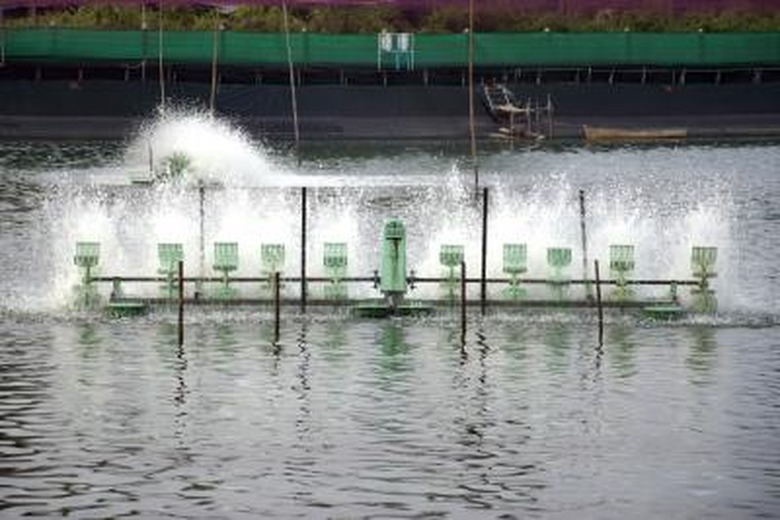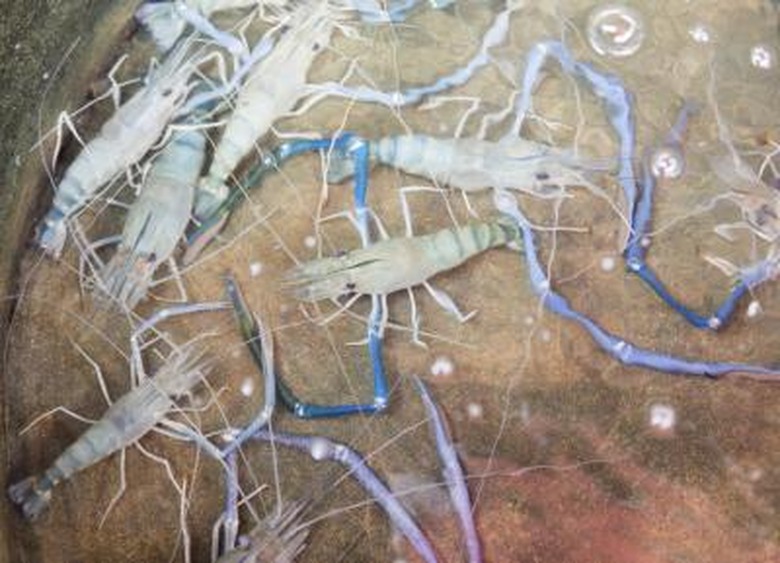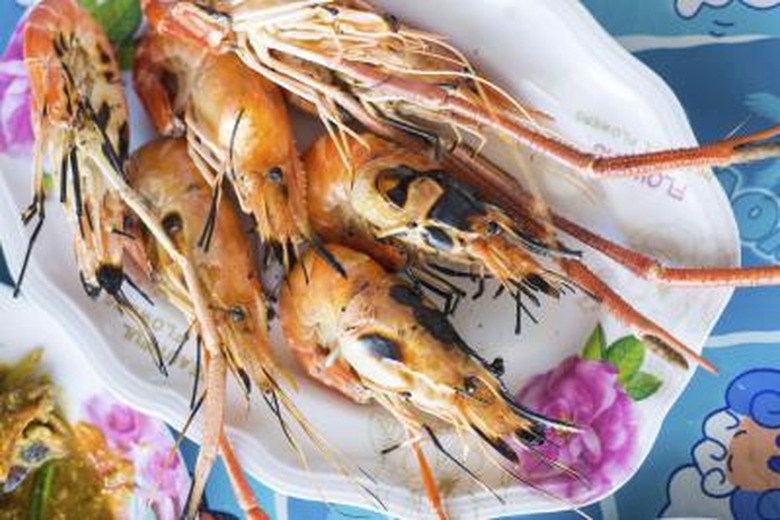How To Start Freshwater Shrimp Farming
Freshwater shrimp, also called Malaysian prawn, are the species Macrobrachium rosenbergii, originally from Malaysia. These are relatively easy to aquaculture, but require large ponds with excellent filtration and water quality. Many shrimp farms have successfully employed a three-pond grow-out system, allowing for three harvests a year. Unlike its saltwater counterparts, it is unnecessary to be concerned with salinity. However, many of the water-quality issues are the same. Raising freshwater shrimp in tanks has generally been unsuccessful, as these animals need well-oxygenated water and plenty of space to thrive.
Step 1
Obtain proper permits and/or licenses if you intend to sell farmed shrimp. Laws will vary according to your location and the size of your operation.
Step 2
Prepare your grow-out pond or ponds. Ponds must be in an area not prone to flooding and unaffected by runoff from areas utilizing pesticides. Ponds should have a depth of 2 to 5 feet and a surface area of 1 to 5 acres. Employ skimmers, filters and aerators to keep the water quality optimal. Fertilizing the pond will ensure plenty of natural food for the shrimp in the form of algae. The pond should maintain a temperature of at least 70 degrees Fahrenheit and a pH between 6.5 and 9.5.
Step 3
Purchase juvenile shrimp from a hatchery. Hatching is the most difficult part of shrimp farming and should not be attempted by individuals without extensive knowledge of shrimp biology and brackish water quality maintenance.
Step 4
Acclimate the shrimp to their new environment. Slowly replace the water they were transported in with water from the grow-out pond.
Step 5
Stock the first grow-out pond. M. rosenbergii are aggressive, and a hierarchy is formed among males. Stocking densities need to be kept low to prevent cannibalism and stunted growth. The pond should allow for at least 4 square meters per prawn. Lower densities result in larger shrimp.
Step 6
Feed the shrimp once they reach 5 grams. Smaller shrimp will receive enough nourishment from small pond organisms. A pelleted feed of at least 38% protein works well. Shrimp can be fed twice daily, with a larger feeding at dusk, as shrimp are nocturnal.
Things Needed
- Permits or licenses
- Pond or ponds
- Juvenile shrimp
- Pelleted shrimp feed
TL;DR (Too Long; Didn't Read)
Be certain there are no fish, turtles, or frogs living in your pond, or your shrimp will become their dinner.
Warning
Farmed shrimp are susceptible to a variety of bacterial and fungal disease.
References
Cite This Article
MLA
Goodwin-Nguyen, Sarah. "How To Start Freshwater Shrimp Farming" sciencing.com, https://www.sciencing.com/start-freshwater-shrimp-farming-5856410/. 22 November 2019.
APA
Goodwin-Nguyen, Sarah. (2019, November 22). How To Start Freshwater Shrimp Farming. sciencing.com. Retrieved from https://www.sciencing.com/start-freshwater-shrimp-farming-5856410/
Chicago
Goodwin-Nguyen, Sarah. How To Start Freshwater Shrimp Farming last modified March 24, 2022. https://www.sciencing.com/start-freshwater-shrimp-farming-5856410/
